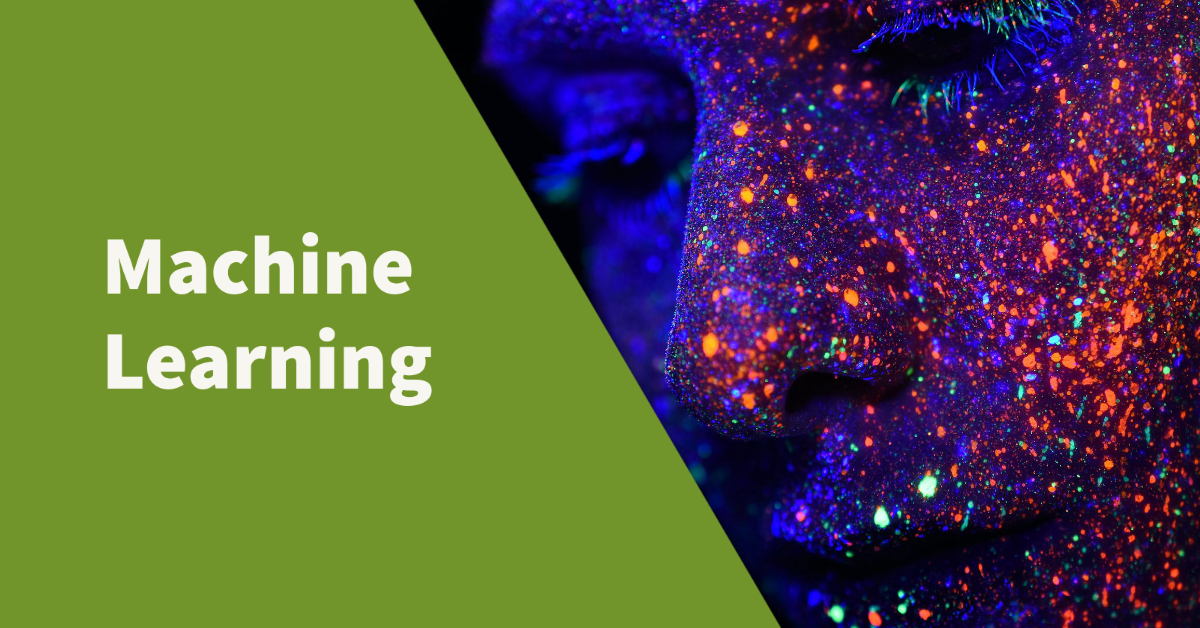Machine Learning: A Powerful Tool for Automation and Prediction

Machine learning is a subfield of artificial intelligence that involves training algorithms to automatically improve their performance on a task through experience. It relies on the idea that a machine can learn from data, rather than being explicitly programmed to perform a task. This allows machine learning models to adapt and improve over time, making them powerful tools for automating tasks and making predictions.
Types of Machine Learning
There are several types of machine learning, including supervised learning, unsupervised learning, semi-supervised learning, and reinforcement learning. Each type of machine learning involves a different approach to training a model and has different applications.
Supervised Learning
Supervised learning involves training a model on labeled data, where the correct output is provided for each example in the training set. This allows the model to predict new, unseen data by learning the relationship between the input features and the output labels. Common applications of supervised learning include image classification, natural language processing, and predicting the stock market.
Unsupervised Learning
Unsupervised learning involves training a model on unlabeled data, where the model must discover the underlying structure of the data through patterns and relationships. Common applications of unsupervised learning include clustering, anomaly detection, and density estimation.
Semi-supervised Learning
Semi-supervised learning involves training a model on a dataset that is partially labeled and partially unlabeled. This can be useful when labeled data is scarce, as it allows the model to make use of both labeled and unlabeled data to learn about the relationships in the data.
Reinforcement Learning
Reinforcement learning involves training a model to make a sequence of decisions in an environment in order to maximize a reward. It is often used in control systems and robotics, where the model must learn to take action in order to achieve the desired outcome.
Benefits of Machine Learning
One of the main benefits of machine learning is that it can automate tasks that would be difficult or infeasible to perform manually. For example, a machine learning model could automatically classify a large dataset of medical images, which would be time-consuming and error-prone if done manually.
Another benefit of machine learning is that it has the potential to improve efficiency and accuracy in a wide range of industries. For example, a machine learning model could be used to predict maintenance needs for a fleet of vehicles, reducing downtime and improving the overall efficiency of the fleet.
Applications of Machine Learning
Machine learning has a wide range of applications, including:
- Classification: This involves training a model to predict a class label for a given input data. For example, a machine learning model could be trained to classify an email as spam or not spam based on the words it contains.
- Regression: This involves training a model to predict a continuous value for a given input data. For example, a machine learning model could be trained to predict the price of a house based on features such as size, location, and a number of bedrooms.
- Clustering: This involves dividing a dataset into groups (or “clusters”) based on the patterns found in the data. For example, a machine learning model could be used to group customers into different categories based on their purchasing habits.
- Dimensionality reduction: This involves reducing the number of features in a dataset while retaining as much information as possible. This can be useful for visualizing high-dimensional data or for making a machine-learning model more efficient.
- Anomaly detection: This involves identifying unusual or unexpected patterns in a dataset. It is often used to identify outliers or anomalies in data that may indicate a problem or potential issue. For example, a machine learning model could detect fraudulent credit card transactions by identifying transactions significantly different from the norm.
Machine Learning in Industry
In addition to these applications, machine learning is also being used in a wide range of industries, including healthcare, finance, and retail. For example, machine learning models are being used to predict patient outcomes in healthcare, identify fraudulent financial transactions, and personalize product recommendations in e-commerce.
In healthcare, machine learning models can analyze patient data to predict the likelihood of certain diseases or complications, allowing doctors to take preventative measures and improve patient outcomes.
In finance, machine learning can be used to identify fraudulent transactions and detect money laundering. In retail, machine learning models can analyze customer data to personalize product recommendations and improve the overall customer experience.
As machine learning continues to advance, it is likely that its applications will expand even further, leading to even more significant improvements in efficiency and accuracy in a wide range of industries.





